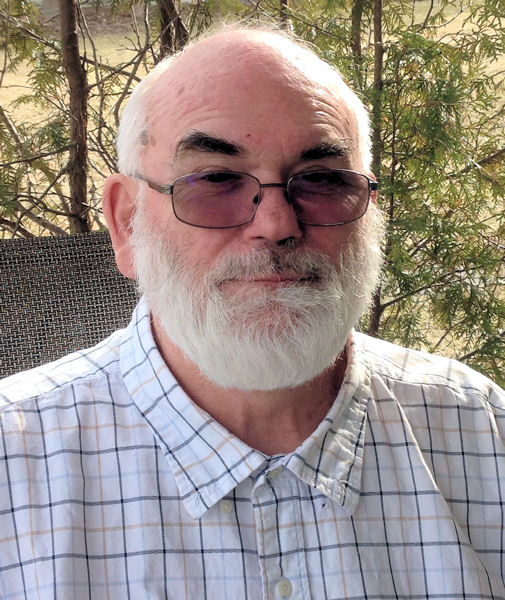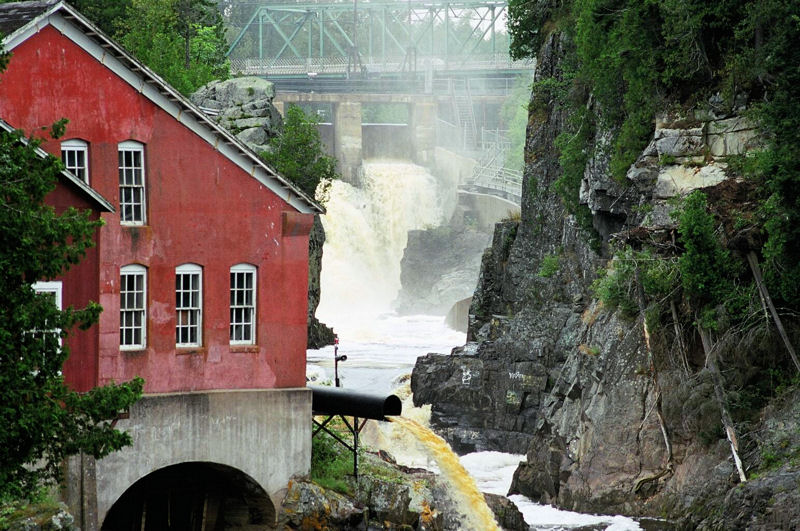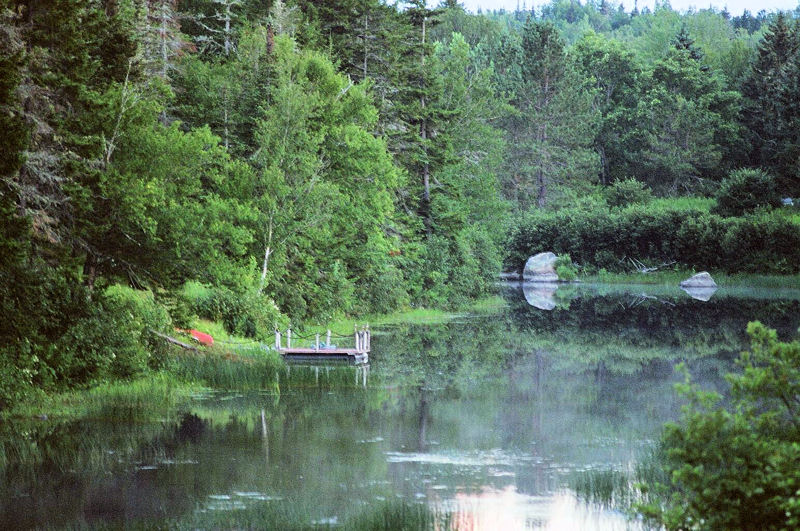John Seldon, WEF Member and Founder of Temporary Operations and Maintenance Inc. Photo courtesy of John Seldon. John Seldon, a Water Environment Federation (WEF; Alexandria, Va.) member since 1980, is founder and president of Temporary Operations and Maintenance Inc. (Port Burwell, Ontario). During his career, Seldon has focused on optimizing municipal and industrial solids collection and dewatering systems. Since entering the wastewater field in 1973, Seldon has
|
Often, wastewater treatment is invisible, and those who operate treatment systems are mere shadows among other workers in society. These apparitions need to be brought into our municipalities’ awareness and highlighted for protecting an ecosystem’s watershed. It is past time to honor water resource recovery facility (WRRF) operators and recognize their work protecting receiving streams and public health.
Gathering to celebrate operators
I propose hosting an annual event where operators come together to celebrate their lives’ work — cleaning water. The primary focus for such a gathering would be enjoying recreational uses for receiving streams such as fishing, sailing, water skiing, scuba diving, and canoeing. A secondary focus would be a limited number of presentations — preferably held near waterways — that highlight research on water quality.
Let’s find an opportunity to invite the public and press to meet their communities’ operators. Let’s bring water science to waterfronts and make it tangible. Let’s introduce our operators to the watersheds that depend on their work and expertise to thrive. And let’s bring WRRF and water treatment facility operators together on common ground, since they are two groups of public health protectors, inextricably tied together, working in the same water cycle.
I recommend tying these events to local watersheds across North America. For example, an event near Fort Erie, Ontario, and Buffalo, N.Y., would highlight transboundary issues. Another in Gaspé, Quebec, would provide an opportunity to address the quality of water from the St. Lawrence River as it discharges from the Great Lakes and the implications of fresh and salt water combining. A national park like Banff in Alberta or Yellowstone in Wyoming could focus on the recreational uses of water and the need for protecting an ecosystem in its most untouched state.
Hidden careers, hidden product
Wastewater treatment is rarely, if ever, acknowledged by a municipality’s citizens. On rare occasions, attention may be given when a local government addresses the public works budget, especially if there’s a request for more funds to operate a WRRF, when a new facility is built, or when an upgrade is completed. Even though household wastewater is common, once it is discharged, it disappears from view and consciousness.
Once treated, this water is discharged to a receiving stream where it can become a portion of the water source for another community’s water supply. If improperly treated, it can compromise a downstream municipal water source. Potable water supply and wastewater effluent are part of the same system, but it seems that the public often loses this connection and overlooks the value of quality operators.

Ontario and New York share waterfront areas on Lake Erie. Port Burwell on Lake Erie in Ontario sits about 182 km (113 mi) away from Buffalo, N.Y., and could be a location to discuss transboundary issues. Photo courtesy of John Seldon.
The absence of a positive profile for an operator’s career is long-standing, certainly starting before I began my career in the early 1970s. There’s a negative perspective that because wastewater treatment deals with human waste, the level of technical sophistication required to do the job is not considered. This communal perception seriously devalues both the important purpose of a WRRF and those who operate its microbiologically-based process. Recognizing the role of protecting public health and ecosystem integrity is so far in the background, it seems nonexistent.
Low cost of wastewater treatment conveys low value of operators
I pay $3.01/m3 (4.07 CAD/m3), which equals $0.003/L (0.00407 CAD/L), for potable municipal water. Wastewater treatment at a sequencing batch reactor facility in Port Burwell, Ontario, costs approximately $3.12/m3 (4.22 CAD/m3) or $0.0031/L (0.0042 CAD/L). For less than $0.01, I can receive 1 L of potable water from Lake Erie and have 1 L of wastewater treated and returned to its source.
In December, I could purchase 12 L of bottled drinking water at my local grocery store for $2.95 (3.99 CAD), which equals $0.24/L (0.33 CAD/L). This is a cost of just more than 80 times the price of water delivered to my tap. It is remarkable that selling bottled drinking water is even considered with this price gap. But this indicates the public is completely unaware of the relative difference in cost.

The Magaguadavic River in New Brunswick, Canada is one of the waterways that could be the location for an annual event to celebrate operators. Photo courtesy of Seldon.
If the excellent value of municipal potable water is not understood, then the exceptional value of treating wastewater is not part of the general public’s awareness. As wastewater treatment is dismissed as having little- to no-value, the value of operators responsible for optimizing the process also is dismissed. Since wastewater operator positions are so low-profile, they are a hidden career-path that’s often seen in a negative light when suggested. When governments demand so little academically from operators, an erroneous message is conveyed that performance requires little training of sophistication. All these components compound the ignorance that inadequate wastewater treatment can directly affect the quality of everyone’s lives.
Bringing operators and their receiving streams to attention

Water resource recovery operators spend their lives cleaning water and protecting waterways such as the Digdeguash River in New Brunswick, Canada, which feeds the Atlantic Ocean. Photo courtesy of Seldon.
Let’s bring the work that operators perform into a higher profile. Operators need to celebrate their accomplishments and citizens need to recognize the essential service they provide and acknowledge just how indebted we are to these watershed and public health protectors. Operators need a place to celebrate receiving streams and to be recognized as critical to the quality of municipal source-water.
Let’s promote and engage operators and bring them together with the public during annual celebratory events connected to receiving streams. If television productions can highlight citizens’ singing talent, we can celebrate those cleaning and protecting our water sources, which are necessary to sustain life.
— John Seldon, WEF Member
Seldon Explores Other Operator TopicsRead more about the author’s view of wastewater operator regulatory certification in the WE&T viewpoint “Match wastewater operators’ licensing requirements to their worksite requirements.” Also, see Seldon’s series of columns exploring the future for water resource recovery facility technologist-operators. |








March 23, 2016
Featured